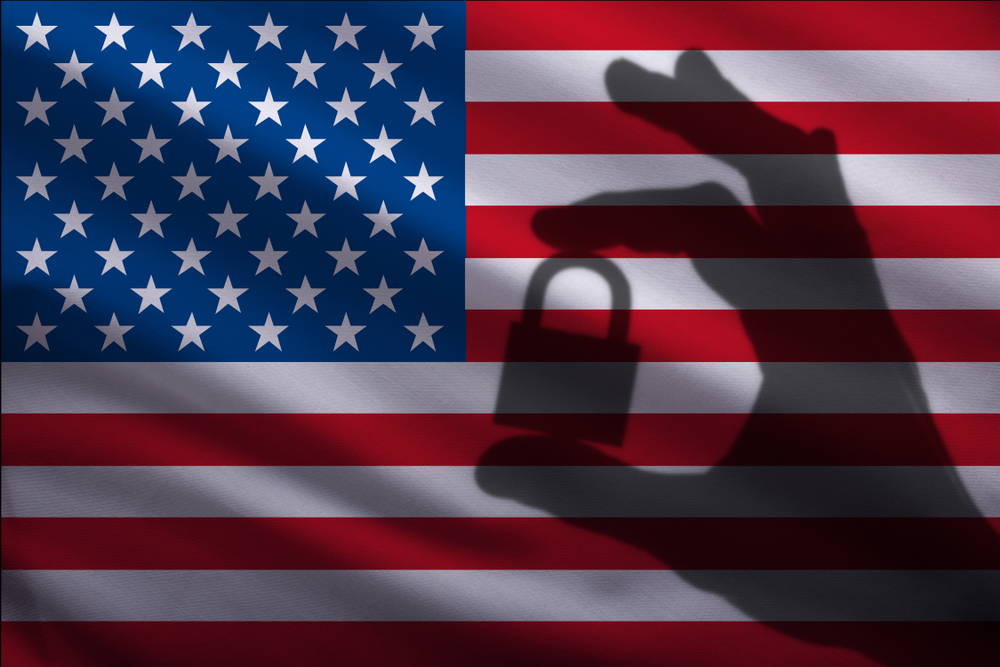
The U.S. Senate Select Committee on Intelligence held a hearing this week on the federal government’s security clearance reform efforts.
The current security clearance model has been mostly unchanged for more than 70 years. The
Intelligence Authorization Act for FY 2018, 2019, and 2020, signed into law in December by President Donald Trump, seeks to modernize, simplify, and make more transparent the security clearance process. Specifically, it seeks to reduce backlogs, improve information sharing, and reflect the demands of today’s mobile workforce.
Committee Chairman Sen. Richard Burr (R-NC) said he is pleased with the improvements in the security clearance process.
“The investigation backlog has come down from 725,000 cases in early 2018 to a steady-state level of just over 200,000 today. With the backlog under better control, the next phase of Trusted Workforce 2.0 is about to begin. The proposed reforms would aim to revamp the security clearance process and ensure our nation’s secrets are protected,” Burr said. “These reforms cannot come a moment too soon. Our Intelligence Community is only as good as its people, but too often, our most promising recruits get stuck in a discouraging, years-long clearance process before they can begin work. The delays disproportionately affect first or second-generation Americans – folks who possess deep cultural understanding and diverse perspectives that are invaluable in the IC. Our system should be equipped to welcome a patriotic, first-generation Chinese-American who has spoken Mandarin since she was a child, while at the same time excluding the Edward Snowdens of the world who would put our nation’s safety at risk.”
Committee Vice Chairman Sen. Mark Warner (D-VA) said changes are needed for security clearance and personnel vetting for the executive branch.
“The Director of National Intelligence and the Director of the Office of Personnel Management, as the government’s Security Executive Agent and the Suitability/Fitness and Credentialing Executive Agent, respectively, should implement Trusted Workforce 2.0 without delay. For this effort to be effective, the executive branch must provide a specific plan of action that demonstrates the new system will be more effective and efficient than the old one; identify obstacles and mitigation strategies; and service all stakeholders equitably. I look forward to continued partnership with the executive branch to affect the transformation required in the personnel vetting model to meet today’s threat environment, capitalize on modern technologies, and reflect the mobility of today’s workforce,” Warner said.




